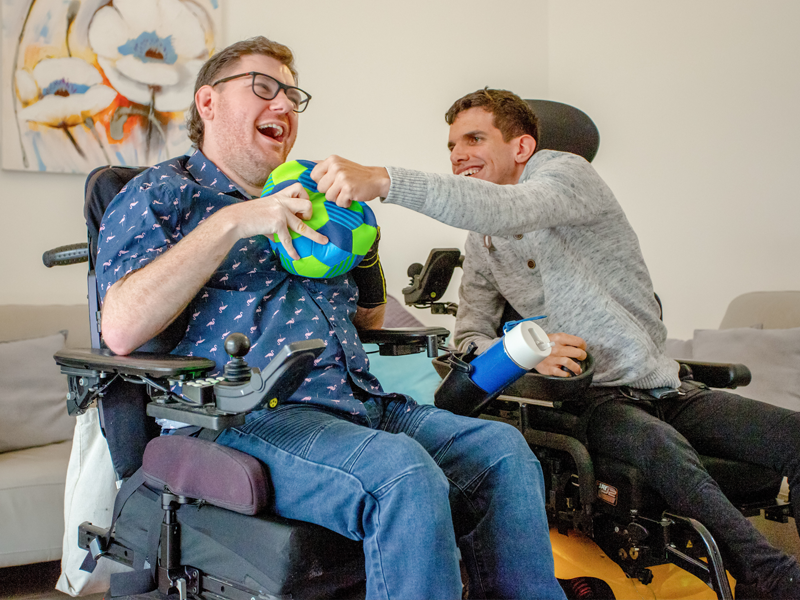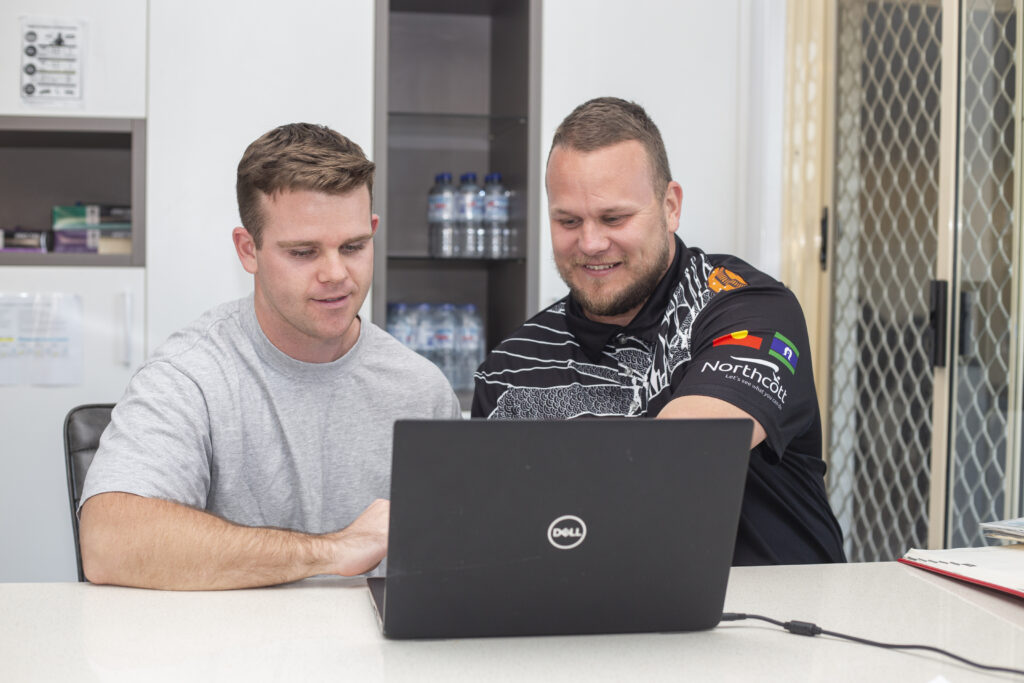
On 18 March 1930, a group of ladies gathered and created the first Women’s Auxiliary Group supporting the NSW Society for Crippled Children. They supported a movement that was the foundation of the disability organisation that Northcott is today.
The existence of Women’s Auxiliaries is extremely important to Northcott’s history.
The efforts of the Women’s Auxiliaries in providing selfless help, motivated purely by their belief – helping ones in need without any thought of reward, along with their regular bequests received across the years have made a large impact on the services rendered by the NSW Society for Crippled Children (now known as Northcott).
What is a Women’s Auxiliary Group?
A Women’s Auxiliary Group is a voluntary service. Unlike usual charitable organisation based on fundraising activities, Women’s Auxiliaries were formed to assist the NSW Society for Crippled Children in a different way. They were made to help, encourage and put personal interest in promoting the welfare of crippled children and their families.
On 30 September 1931, The Central Council of the Women’s Auxiliaries was inaugurated at Hotel Australia and eight Auxiliaries were formed.
Each Auxiliary held their own monthly meeting. During these meeting they would arrange visits, and plan outings and experiences for the children. They would also organise events to raise funds for medical expenses, and basic needs such as clothes and food.
Their work
Northcott’s journey to digitising its history uncovered a vast amount of information and significant events related to some of the Women’s Auxiliaries and their work.
The following excerpts share a sneak peek into the influence of their work –
1930: The NSW Society for Crippled Children and the Auxiliaries influenced the Education Department and the Royal Alexandra Hospital for Children to purpose-build a school equipped for children who were deprived of school under treatment. This place gave hundreds of children a feeling of dignity and significantly increased their quality of living in general. Support included a hot meal per day, as well as, transport to and from school. As time passed, many other schools and hospitals followed this example with great success.
1937/1938: As the activities of the NSW Society for Crippled Children grew, the Auxiliaries involvement in the rehabilitation of crippled children grew as well. This included providing care and support to the respite Margaret Reid Home that opened in July 1937 as well as the new facility in Beverley Park from 1938. The following year more than a 160 children enjoyed a recuperative holiday at Beverley Park, thanks to the support of the Auxiliaries. Expansion also continued with Auxiliaries that were formed regionally in Wollongong and Newcastle and Tasmania.
1940: Record of the Central Council for the year of 1940 says, “During the year, the Auxiliaries have cared for the needs of the 1,276 children and paid 2,988 visits to their homes. Extra diet were provided for 200 children, many having this each day for months at the time. Clothing was supplied for 556 children in necessitous circumstances.”
What came next?
As both the NSW Society for Crippled Children and the Auxiliaries expanded, their services they started to gain interest in supporting children whose parents denied their existence because of shame.
On the 25th anniversary of Auxiliary movement, Margaret Watts – a Woman Auxiliary, published a book named “Pioneering Days”. This book reported the early Auxiliary achievements of New South Wales Society for Crippled Children.
Margaret Watts’s official work for the Society ended in 1946. When asked about her experience of being part of the Auxiliary movement she said, “I can’t but feel privileged that I was part of it. For me, the work was a thrilling job. It had its disappointments but it was full of triumphs – miracles, really, I suppose you’d call them.”
When Pioneering Days was published, there were 26 Auxiliaries that were formed. They provided substantial oversight and care of the more than a thousand children registered with the Society.
Throughout the years, Auxiliaries continued to grow and to expand their services and the number of children for whom they cared. The women in the Auxiliaries inspired countless people and changed the lives of many others.
The NSW Society for Crippled Children’s Board of Directors highlighted the impact and contribution Women’s Auxiliaries had at their first annual meeting. He said, “It would be impossible for the Society to render the complete services now being given to a large number of crippled children on its register without the enthusiastic and effective help of fifteen Women’s Auxiliaries at present established. The Directors cannot speak too highly of the splendid work they systematically carried out.”
We thank the Women’s Auxiliaries for their hard work. The influence they have had on Northcott’s history and impact cannot be understated. Northcott is the organisation it is today thanks to the care and dedication the Auxiliaries had for their work.



Accessibility and Inclusivity
We respect and honour Aboriginal and Torres Strait Islander Elders past, present and future. We acknowledge the stories, traditions and living cultures of Aboriginal and Torres Strait Islander peoples on this land and commit to building a brighter future together.
Read more about our commitment to reconciliation

